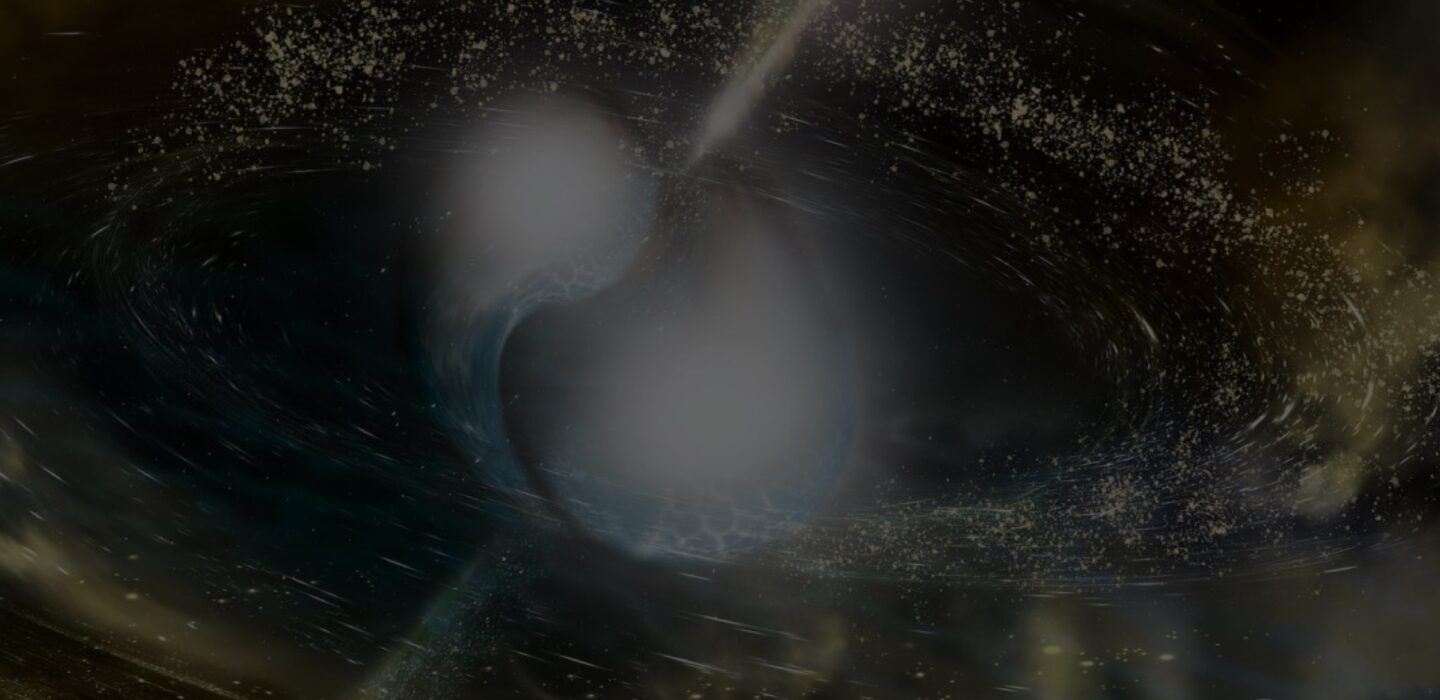Irene Shivaei


Tuesday May 7, 2024
4:00pm Eastern
Marlar Lounge 37-252/37-272 and via Zoom
At the core of galaxy evolution is the evolution of the baryonic components that modify the observable properties of galaxies. A crucial component of baryonic matter is the interstellar medium (ISM) that consists of gas and solid-phase metals called dust. Interstellar dust determines how galaxies look like from UV to sub-mm, how the ISM behaves, and the very process of star formation that creates the stellar component that defines a galaxy.
We are now at the beginning of an exciting journey with the unprecedented infrared capabilities, high sensitivity, and high angular resolution of JWST/MIRI compared to its predecessors such as Spitzer. For the first time, we are able to not only detect warm dust emission in individual typical galaxies across masses and star formation rates (SFRs) at cosmic noon, but also resolve the dust-obscured SFR in more extended sources at z~1.
In this talk, I will show the recent results of my research on a panchromatic study of dust emission and absorption properties of galaxies at cosmic noon and beyond. I will show results on the evolution of the dust attenuation curve of early galaxies at z>5 and review the results from our multi-band MIRI survey, SMILES, covering 5 to 25um wavelength in HUDF. This extensive survey focuses on obscured AGN and star formation within cosmic noon galaxies, extending our reach to galaxies with stellar masses an order of magnitude lower than ever observed before.